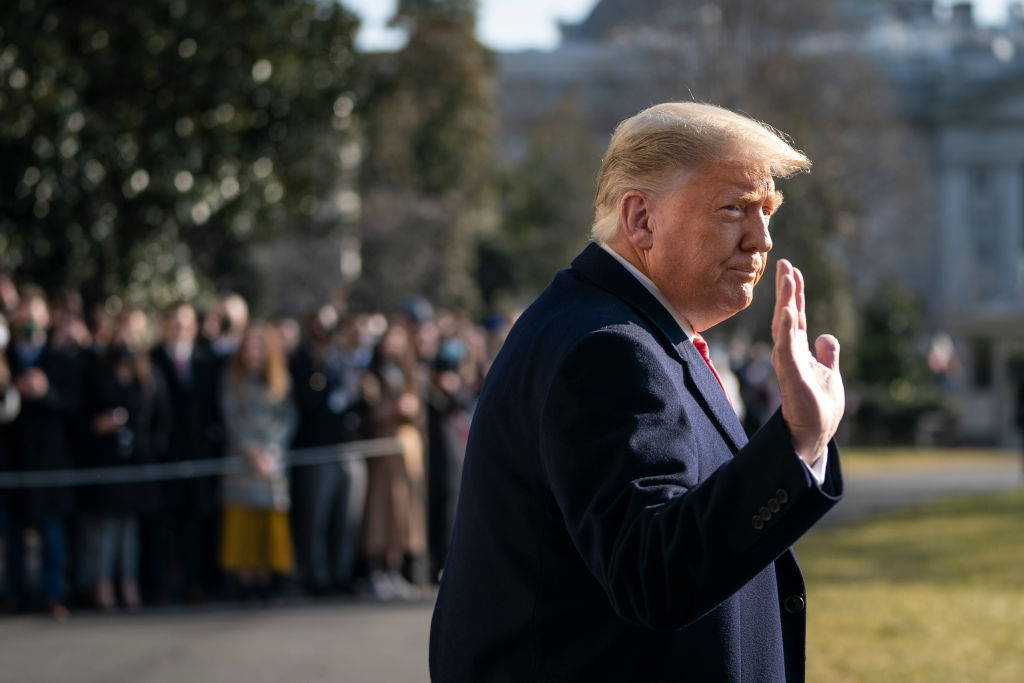President Trump cut foreign aid to China in half in just one year, according to an Office of Management and Budget report obtained exclusively by The Spectator.
The report, which provides a full accounting of US spending on China and is the first of its kind, revealed several key trends that are sure to thrill China hawks. Direct aid to China fell from $62 million in Fiscal Year 2019 to $30 million in Fiscal Year 2020, a decrease of 52 percent. Spending on strategic competition with China jumped from $42.4 billion to $47.5 billion, a 12 percent increase. The US also imposed $60 billion worth of duties on imported Chinese goods.
Multiple China support programs saw major reductions in spending or were ceased entirely under the Trump administration. For example, in 2019, the Export-Import Bank provided $11 million in financing guarantees for Chinese transactions. In 2020, it provided none. The US Trade and Development Agency ended its operations in China, cutting $2 million worth of investments in Chinese infrastructure projects. The US also ended its Peace Corps program in China for good following the pandemic.
At the same time, the US increased spending on programs it deemed to be effective in curbing China’s global ascendency. In 2020, Congress appropriated $300 million for the brand new Countering Chinese Influence Fund, which the OMB says is used for ‘cybersecurity, government transparency, foreign military financing, efforts to counter Chinese propaganda, and many other strategically important activities.’
This budget crosscut was originally proposed by noted China hawk Michael Pillsbury in his book The Hundred Year Marathon. Bloomberg reported in September that the OMB had asked federal agencies to submit details of their China funding for this report.
OMB China Crosscut by Amber Athey
‘This is the first time that OMB has conducted a government-wide accounting of US spending in China and US spending that supports strategic competition with China,’ OMB director Russ Vought said in a letter to Sen. Rick Scott announcing the completion of the report. ‘I believe it’s especially important that we prevent US taxpayer funding from supporting our strategic adversaries.’
Trump’s aggressive actions against China in an attempt to counter the regime’s growing global economic influence and hold it accountable for a litany of misdeeds is one of the biggest foreign-policy shifts in decades. In contrast, past administrations normalized trade relations with the CCP and allowed it to play-act as a liberal regime in global institutions in the misguided hopes that a beneficial economic alliance would encourage China toward good behavior.
On Tuesday, Trump signed an executive order banning transactions with several Chinese apps. Previously, he pulled the US out of the World Health Organization after it helped cover up China’s mishandling of the coronavirus pandemic, implemented heavy tariffs on Chinese goods, sanctioned Chinese officials responsible for abuses in Hong Kong and purged pro-CCP education programs from American universities. The administration’s efforts highlighted in the OMB report to cut or divert taxpayers funds from aid to China are merely the latest, perhaps the last example of Trump’s determination to maintain his tough stance against China.

























